It’s the All Ears Salute to All Things Disney (but Mostly the Dark Rides) this week, and we’re celebrating by looking at our favorite Disney dark rides. But uh… what is a dark ride?

A dark ride is more than just a ride that takes place in a partially lit room. It’s a genre of storytelling, and no one does it better than Disney. In fact, some of your favorite Disney attractions are dark rides!
So keep your hands, feet, and legs inside the vehicle at all times as we take a tour of this iconic amusement genre.
Dark Rides 101
So, first things first. A dark ride is NOT just a ride that is dark. In fact, some dark rides, like Expedition Everest, take place outdoors, in large part. Similarly, rides that take place in partial or total darkness, like Space Mountain or ExtraTERRORestrial Alien Encounter aren’t necessarily dark rides either.
Instead, the term comes from how dark rides were first created, using controlled lighting and black light theater effects to make a building (or show-space), look like… well, anything! Let me give you a recent example.
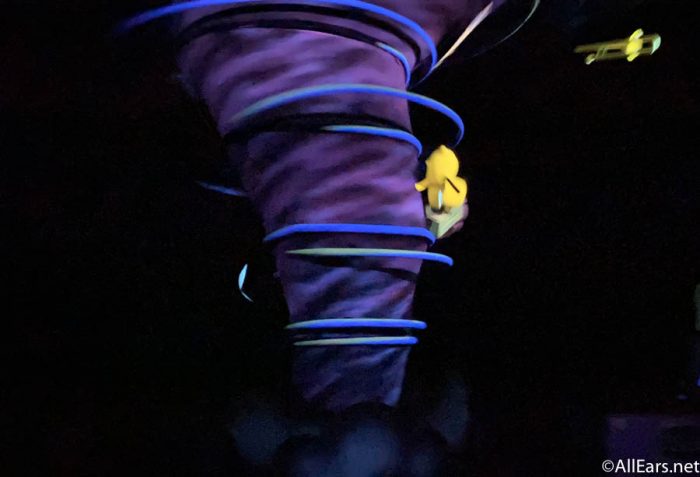
That’s a scene from Mickey and Minnie’s Runaway Railway. If we were to turn the lights on in this room, we’d see that we were indoors, surrounded by fans and air vents. You’d also see the machinery used to make that simulated tornado spin and the speakers used to create sound effects.
However, we don’t see that because the room is lit so that only the twister is visible. That’s a black light theater effect in which fluorescent paint is used on things we want to be illuminated, while things we want to remain invisible are colored black. The scene is then illuminated with a black light. Since humans can’t see UV light, the room appears dark to us. However, UV light causes fluorescent paint to emit visible light, creating that signature ghostly glow. In the early days of the medium, dark rides primarily relied on this technique, hence the term “dark”.
Still, just using blacklights doesn’t make something a dark ride. Instead, a dark ride is a ride which moves guests through multiple scenes to create a narrative. It can use whatever techniques it likes. Contemporary dark rides, like Runaway Railway, are a lot more complex and feature tools like audio-animatronics, projection mapping, advanced video projection, and more to produce similar effects. We can produce elaborate, true to life sets that use techniques like forced perspective to trick an audience into really thinking they’re in whatever location you can dream of; a far cry from the portable carnival rides of the past. However, the classics are classic for a reason!
So… what is a narrative? What makes something a dark ride as opposed to a roller coaster?
A narrative, in short, is a story. It doesn’t have to be an elaborate story; in fact, many dark rides focus on evoking a specific mood. Take it’s a small world, for instance. There’s not a plot, but there is a message and a mood. You’re going on a cruise around the world and are passing through multiple countries. There’s a clear beginning (leaving the clock tower) and an ending (when the ride bids you farewell), and the main point of the ride is taking that journey and experiencing those scenes.
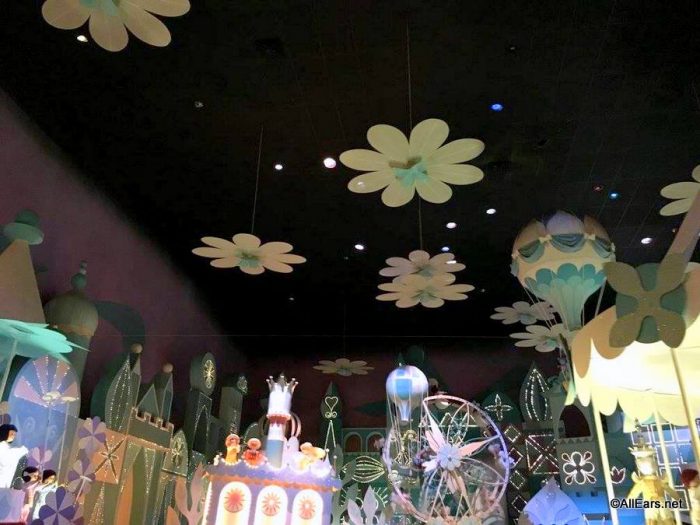
Meanwhile, rides like Runaway Railway have a very coherent plot. You’re on a runaway train inside a Mickey Mouse cartoon, and Mickey and Minnie are trying to rescue you. There’s an inciting incident, rising action, climax, and dénouement; just like your English teacher taught you in high school.
So the first rule is that the ride has a narrative. However, there are plenty of rides that have stories, but aren’t actually dark rides. Star Tours: The Adventures Continue definitely has a story, but isn’t a dark ride.
You see, for a dark ride to be a dark ride, it has to be a link between narrative and space. That sounds weird, so let me explain. Dark rides almost always take place in multiple rooms. Inside each room, there’s a specific series of events that take place: a scene. On Runaway Railway, you go from the park scene, to the train tunnel, to the carnival, and so on. You’re physically moving through a building where each room is a step in the story.

If the ride stops moving, then the story stops. Depending on the ride, the scene will either repeat itself endlessly (as is the case on older rides) or enter a holding pattern to pause the narrative until the ride starts moving again. If you’ve ever gotten stuck on Frozen Ever After, you might have seen this during the Let it Go scene. Elsa stops singing and starts performing a simple wave animation until your vehicle resumes moving. However, once your vehicle leaves the room, everything quickly resets so the next vehicle can experience the scene from the beginning.
If you could somehow move your vehicle backward, to a previous room, you’d experience that room’s scene again. Similarly, if you could somehow teleport between rooms, you could experience the ride out of order. In that sense, your progress through the story is directly linked to your progress through the physical space of the ride. Rides like Star Tours don’t do that; while it seems like you’re moving, you’re physically in the same place the entire time, and the story would continue even if your vehicle was completely stationary. Also, rides that don’t even simulate movement are shows, not dark rides.
So, we know the ride has to have a narrative, and we know that the narrative has to be linked to where you physically are inside the show space. So does that mean that Space Mountain is a dark ride?
Well… no. Because the third element of a dark ride is the fact that the narrative is central to the ride experience. Again, that sounds weird, but stay with me.
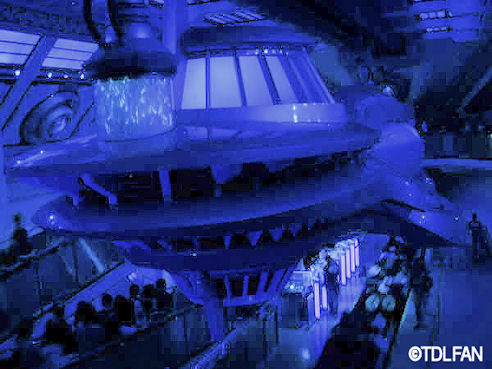
Space Mountain is excellently themed, especially in the pre-show and post-show areas. However, lets perform a thought experiment. If we removed every single piece of theming from Space Mountain; all the music and set pieces, and had just the mechanical ride portion… would it still be fun?
The answer is probably yes. Space Mountain’s entertainment value comes from the fact that it’s a roller coaster in the dark. Any story is secondary. For it to be considered a dark ride, something significant has to be lost if the story is removed. Compare that to something like Tower of Terror. While the main element is the drop, would it really be the same ride if you just boarded a normal elevator without any story? That entire build up would just be wasted space. That’s why it’s considered a dark ride and Space Mountain isn’t.
Now, these criteria aren’t perfect and lead to some weird edge cases. For instance, Space Mountain: Ghost Galaxy becomes a dark ride (because the narrative is central to the experience) even though Space Mountain itself isn’t. Also, Carousel of Progress would be considered a dark ride even though it could be more accurately considered a show. There’s also the assumption of a vehicle, as using just the three criteria above would make a haunted maze into a dark ride, even though you just walk through it. Then there’s the question whether or not things like Rock ‘n’ Roller Coaster are dark rides, as it has a clear narrative and moves you through multiple scenes, but the narrative isn’t critical to the ride experience.
It’s complicated. Any attempt to categorize things is a challenge because language is arbitrary! The best advice I can offer is… well… you’ll know one when you see one. Speaking of seeing one, however… .
Iconic Disney Dark Rides
There’s not exactly a point in spending so much time explaining what a dark ride is without giving you some examples, right? Some of the most iconic Disney rides of all time are dark rides or include heavy dark ride elements. Here’s just a sampler.
The Haunted Mansion
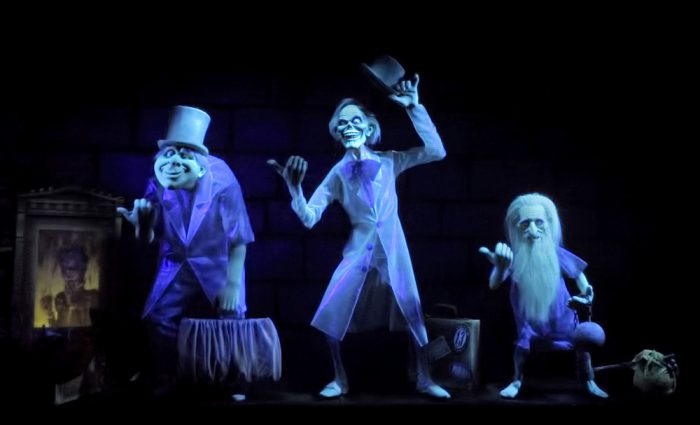
The Haunted Mansion is Disney’s take on the classic ghost train, or horror themed dark ride. It’s also notable in that it uses the Omnimover system.

These “doom buggies” move on a continuous conveyor system, rotating to show you specific ride scenes while using a raised seat back to conceal things imagineers don’t want you to see. It lets Disney control your perspective while maintaining a steady flow of guests through the attraction. Omnimovers have fallen somewhat out of favor due to loading and unloading issues (as having to stop a single car means having to stop the entire attraction), but they represent one of Disney’s early innovations in the field.
Other things that make this an iconic dark ride? The elaborate use of practical effects. From infinite hallways and escher-esque staircases to translucent dancers and hitchhiking ghosts, the Haunted Mansion proves you don’t need 21st century technology to create elaborate illusions.
Splash Mountain
While there are many water based dark rides at Disney, like Pirates of the Caribbean, Splash Mountain is one of the most ambitious.
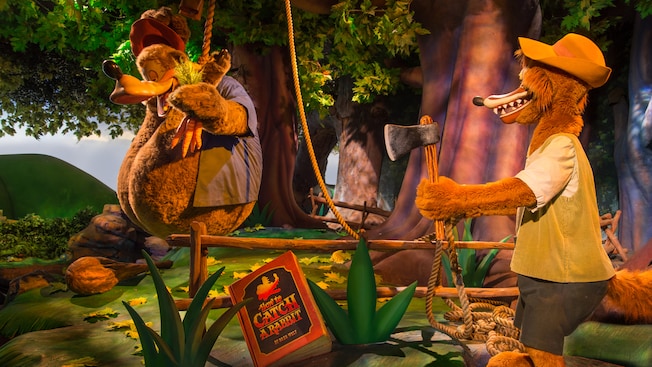
Splash Mountain is an example of a hybrid dark ride, which includes elements of both a dark ride and another kind of attraction; in this case, a log flume. The ride’s infamous drops and splashes are synchronized with the narrative told through animatronics and traditional dark ride techniques. The action literally rises and drops along with your flume. When you approach the climax, when Br’er Rabbit makes his leap into the briar patch, you’re literally at the highest point of the ride! So when the falling action begins… well, you’re falling! It’s a fun exercise in how a story can be told in such a unique physical space.
Tower of Terror
Tower of Terror is mostly known as a drop ride, but it’s also one of the most heavily themed drop rides in the world; especially the version in Orlando.

What makes this version stand out is that, unlike other versions, you’re actually moving through two separate shafts. There’s a “show” shaft, which displays scenes like the shattering window and the waving ghosts. Then there’s a transitional hallway in the Fifth Dimension sequence, during which you’re transferred from one shaft to another. Afterward, you’re locked into the “drop” shaft, which has minimal show elements but features the drops the attraction is known for. Other versions of the ride combine these two shafts into one, stopping the ride periodically to display show scenes, but this surreal moment of horizontal movement makes the Orlando version of this ride the most “dark ride-y” of all.
Star Wars: Rise of the Resistance
This ride takes the “narrative in a physical space” part of dark rides to its logical extreme, as the narrative is moving through a physical space… or escaping one, rather.

While the ride features elements of a walk-through attraction, two simulators, and a drop ride, the dark ride portion is the heart of the attraction. Your goal is to escape the First Order Star Destroyer, and every move you make is part of that narrative. Not a second is wasted here, making this ride the Platonic ideal of combining story and space… for a story about space. It also demonstrates how multiple ride systems (trackless vehicles, simulators, drop rides, and more) can be combined to create a coherent narrative, all for a single “dark ride”.
So, there you have it. If you didn’t care about dark rides before, you should now. As we’re moving toward an era of unprecedented immersion in theme parks, the once humble dark ride will be the vehicle that takes us into the unknown, through realms of adventure and peril we could once only imagine!
Just, you know, be sure to pull on the yellow strap after you get in. It might be a bumpy ride.
What’s your favorite Disney dark ride? Let us know in the comments, and be sure to stay tuned to this week long celebration for more articles like this!
Join the AllEars.net Newsletter to stay on top of ALL the breaking Disney News! You'll also get access to AllEars tips, reviews, trivia, and MORE! Click here to Subscribe!


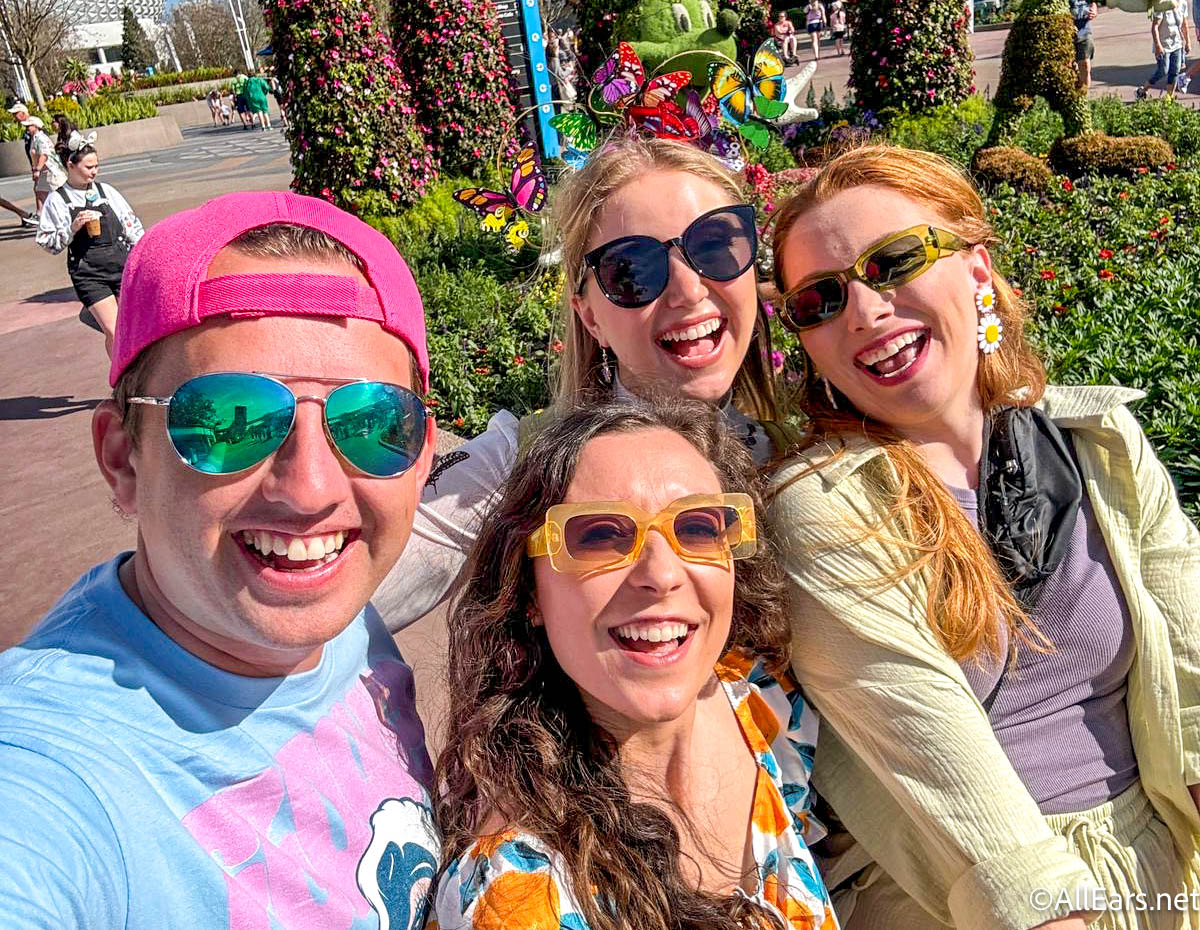
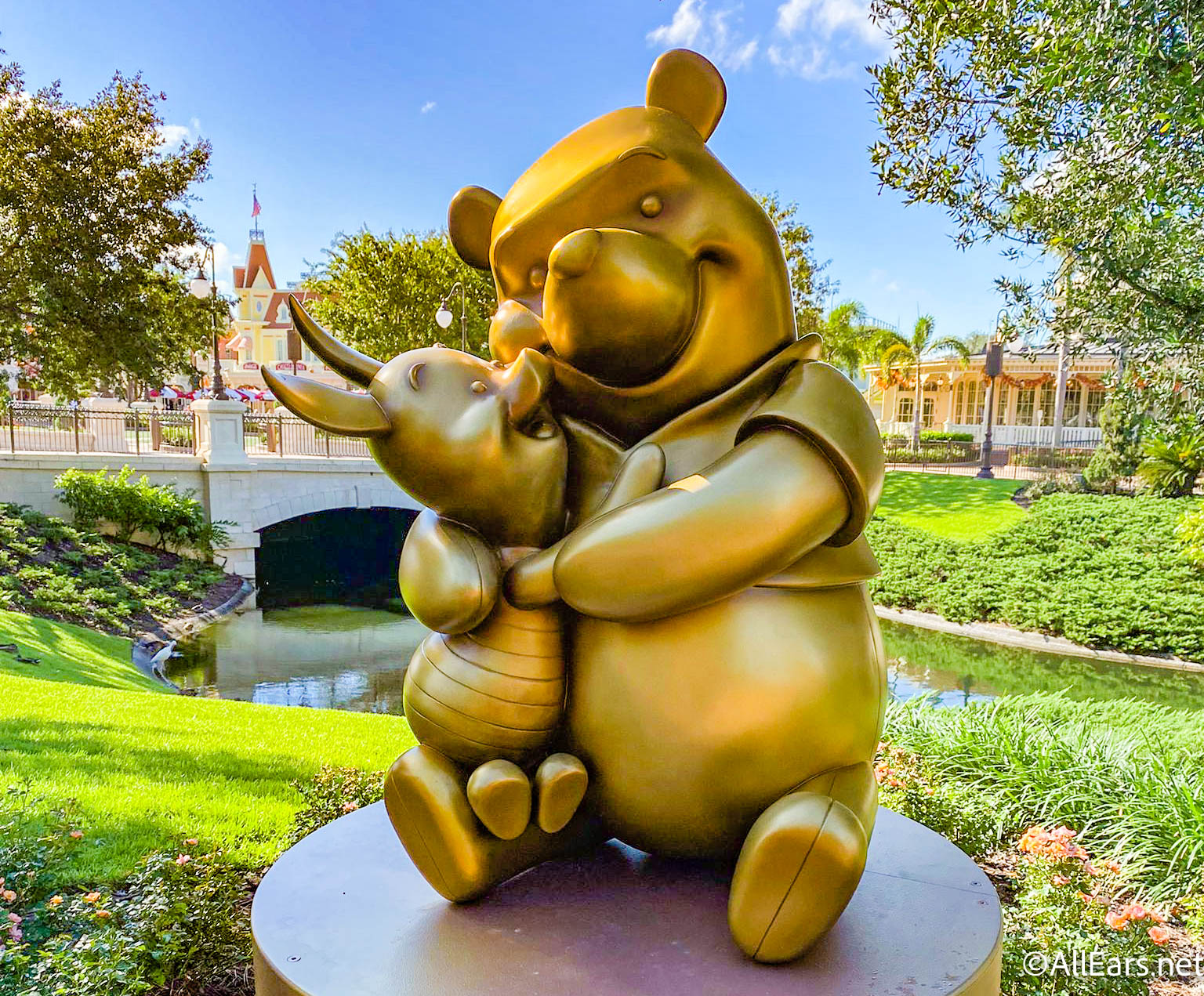

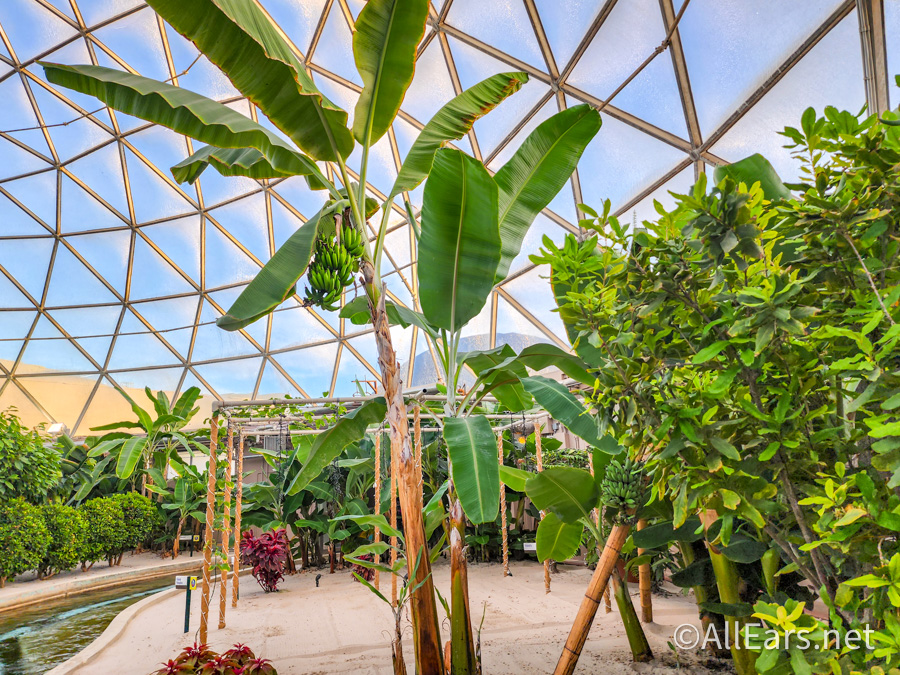
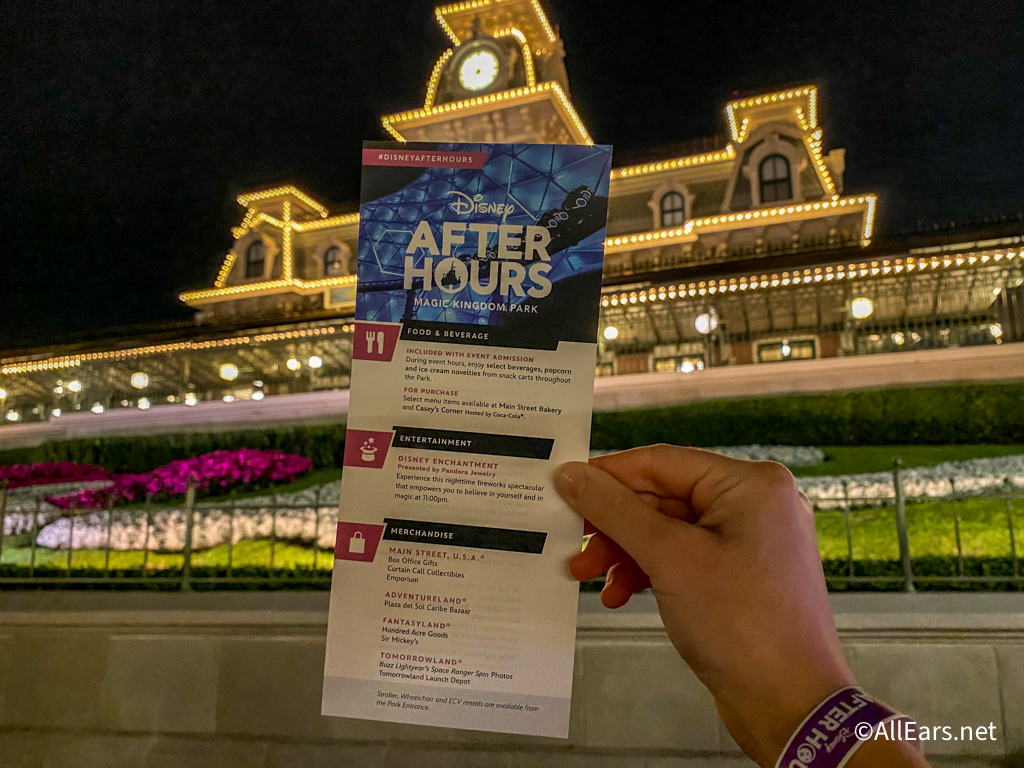
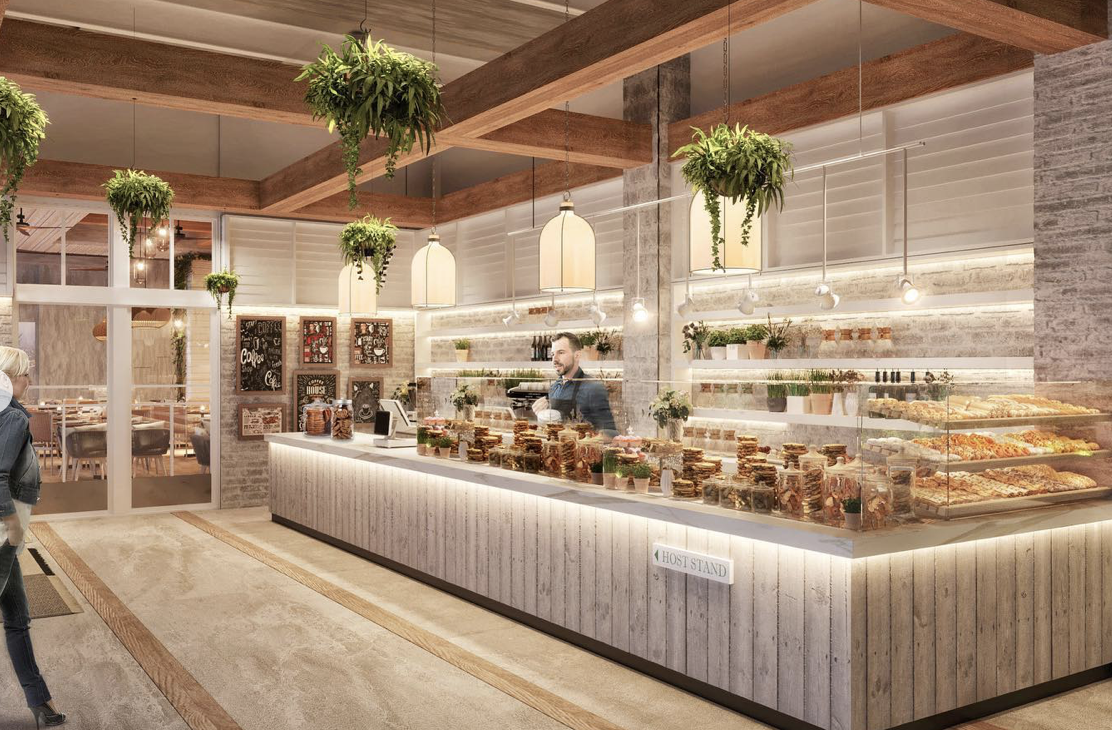

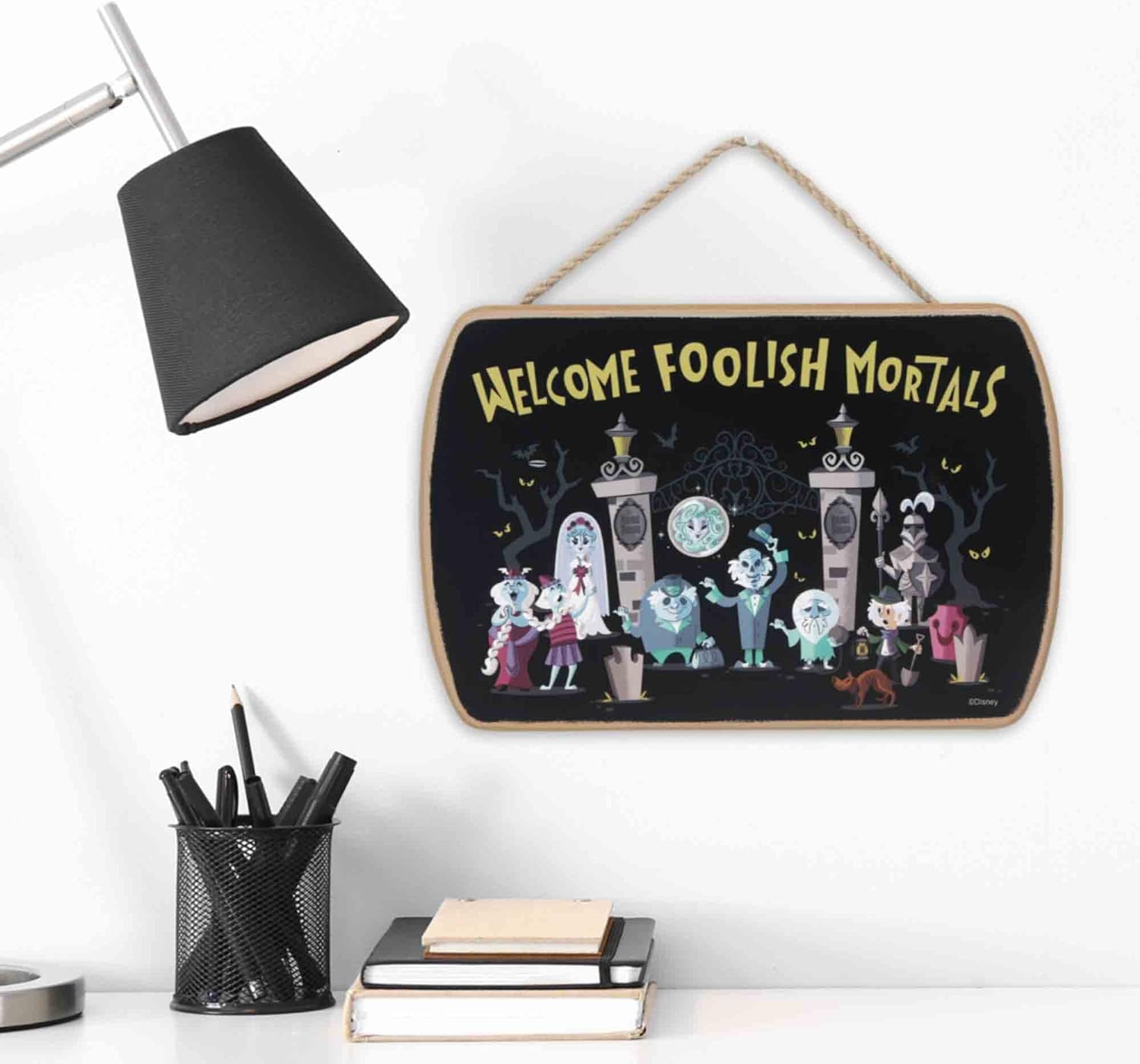




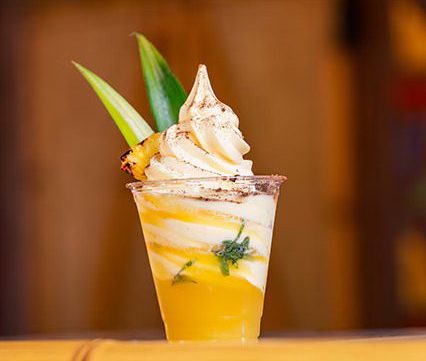
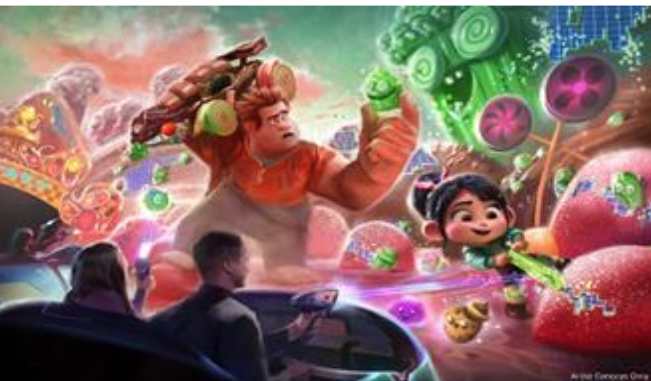
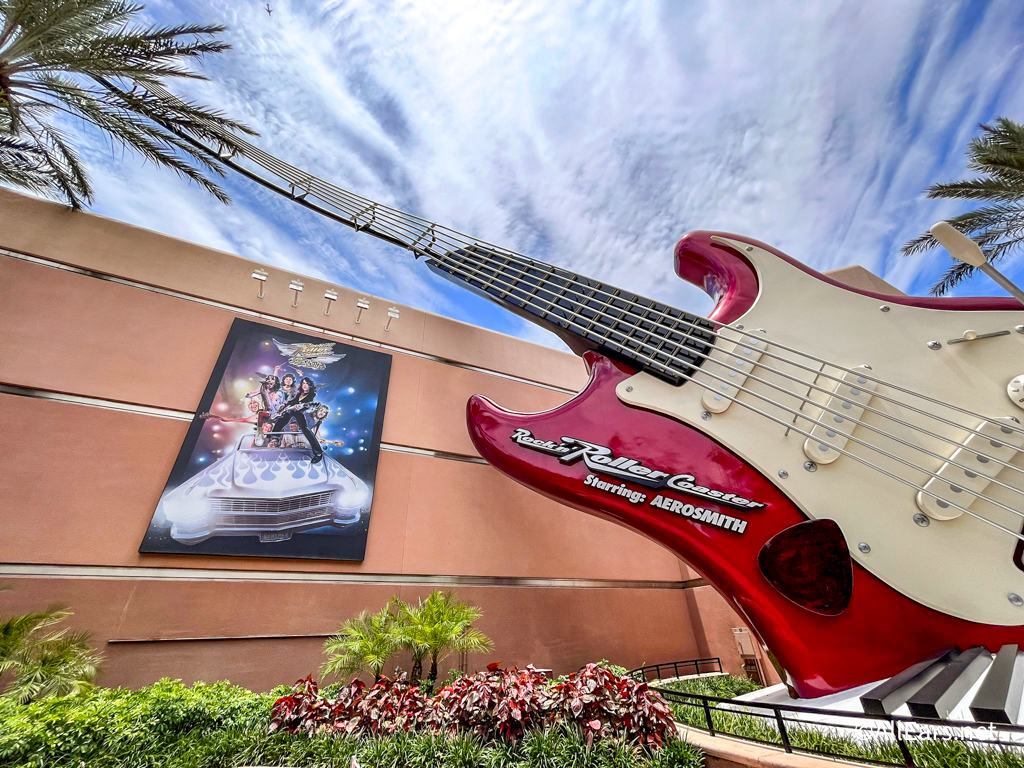


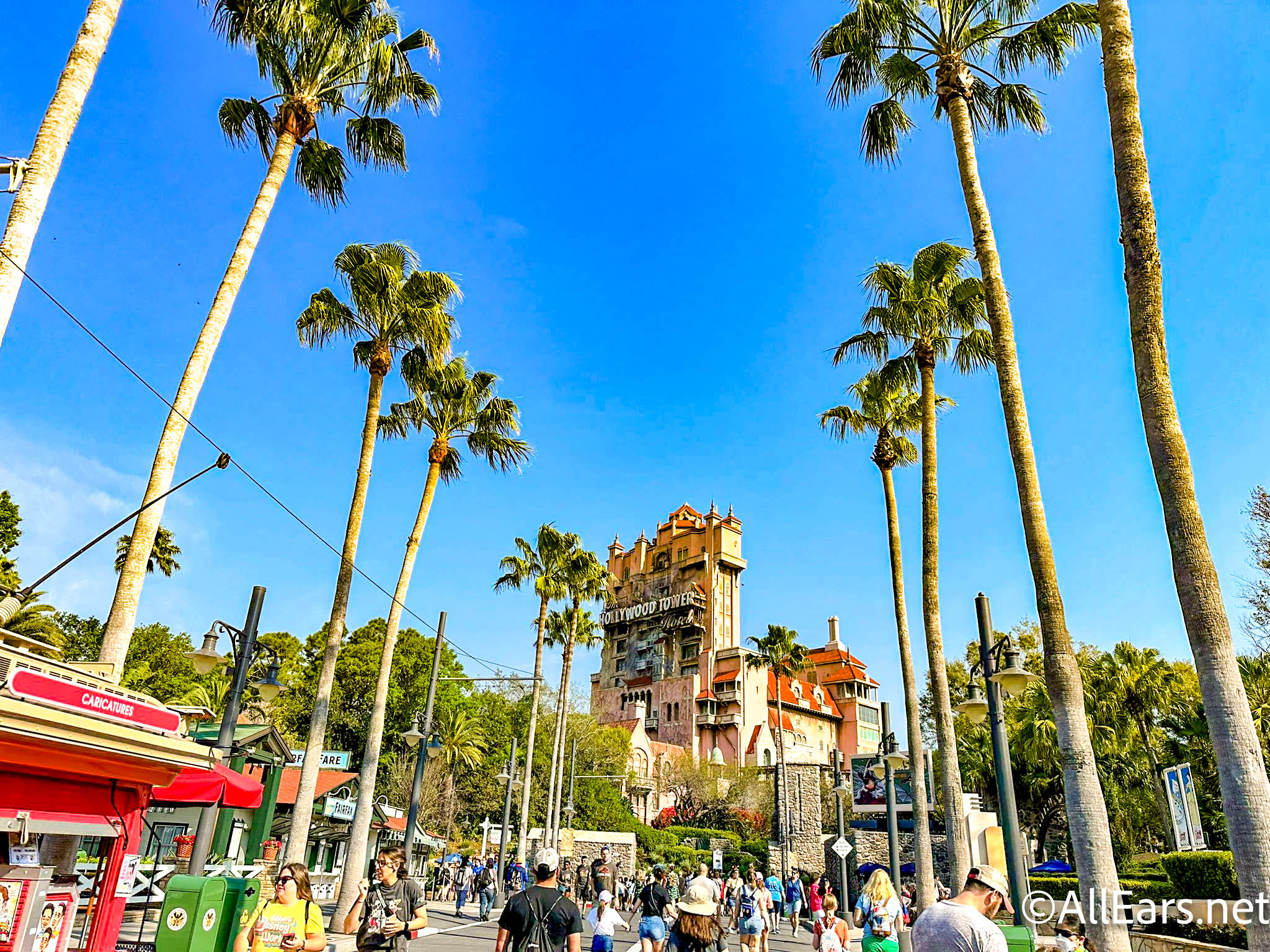
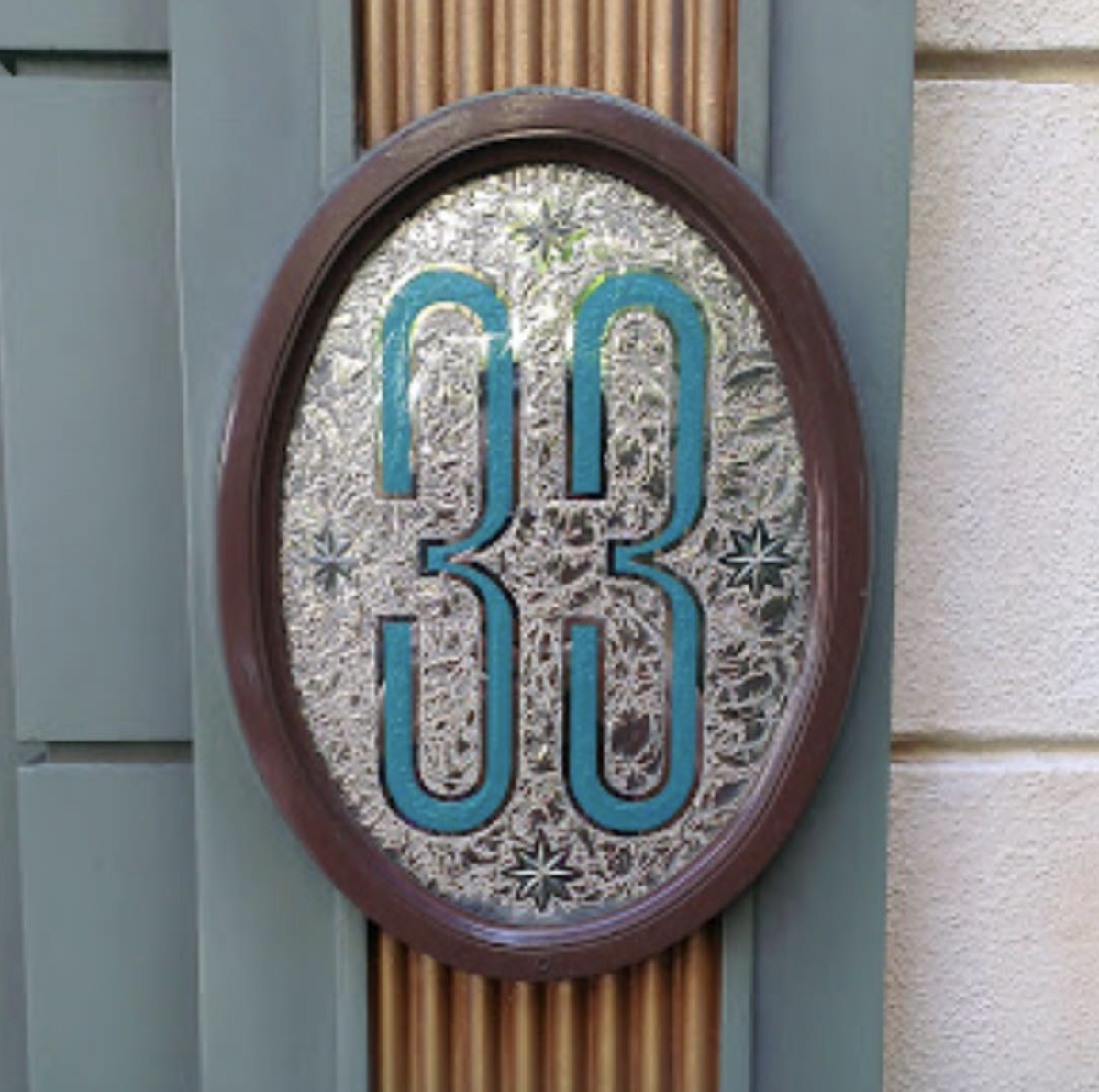
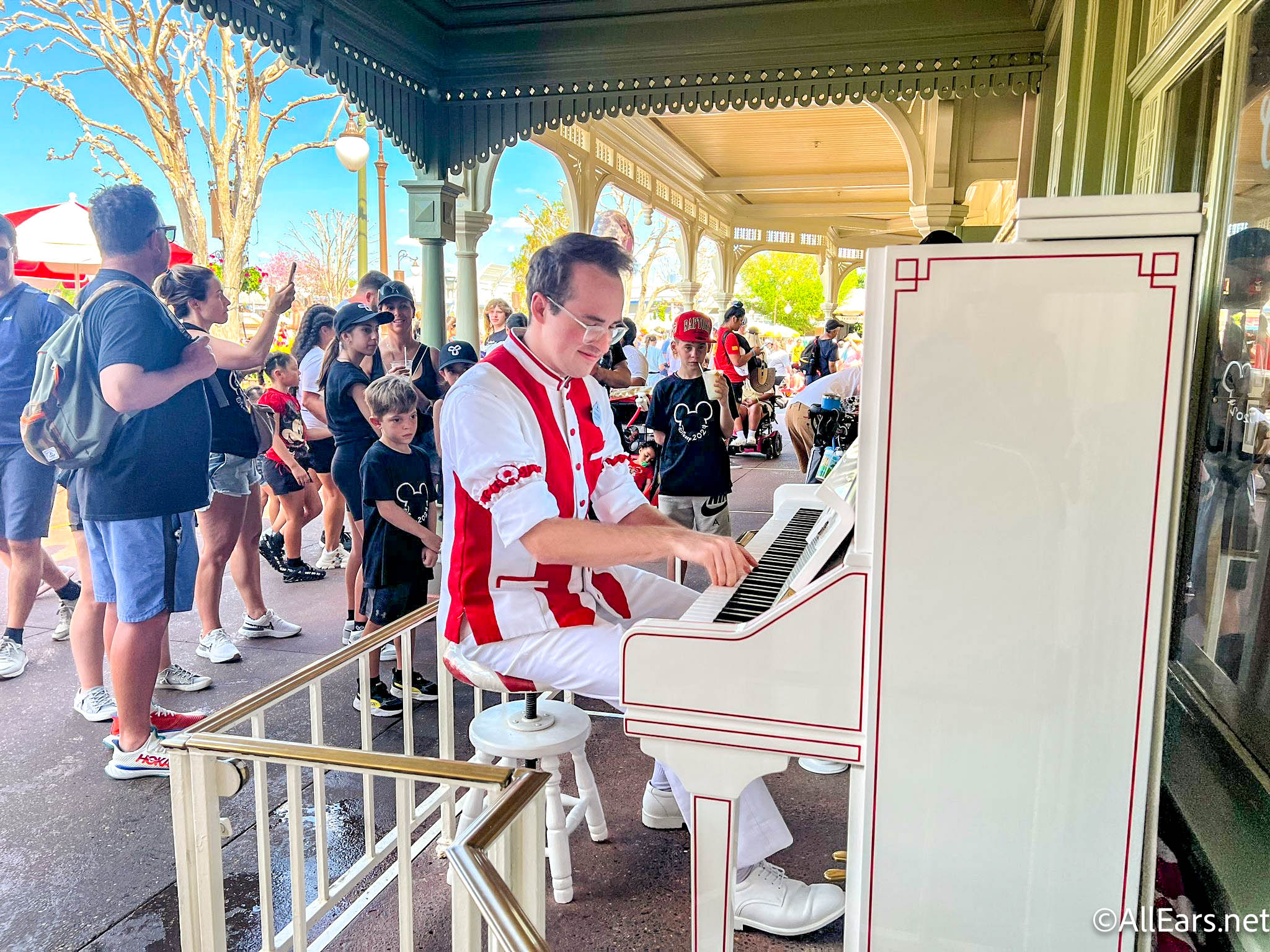

Trending Now
Join us on YouTube this Saturday morning for a LIVE premiere of the AllEars Team...
We bet we'll be seeing a LOT of people in these new Amazon shirts in...
We found your perfect Hollywood Studios tee.
An iconic EPCOT ride got a bit of a refresh recently!
We've got an UPDATE on After Hours events in Disney World!
Everyone should be talking about this new restaurant in Disney Springs!
A popular trilogy has now been REMOVED from Disney+!
Here are some Disney household items on sale right now from Amazon!
We asked Disney experts to share their hacks for Disney World souvenirs.
A popular Seuss Landing ride will be closed starting on April 27th!
Welcome a new store to Disney Springs with us!
Here are some cheats we use at Disney's Hollywood Studios all the time!
Full look at treats and snacks coming to the Disney Parks for Asian American and...
Buzz Lightyear's Astro Blasters is permanently closing to make way for a new Wreck-It-Ralph attraction!
Disney World has revealed the opening timeline for the Rock 'n' Roller Coaster refurbishment.
We're a little surprised that these ride trends haven't changed in Disney World yet!
Debates over public transportation are on-going in Florida.
One Disney World park is about to celebrate a big milestone!
We have some helpful details for how to experience Disney's most exclusive lounge without a...
We've got some of the BEST Cast Member tips just for YOU!